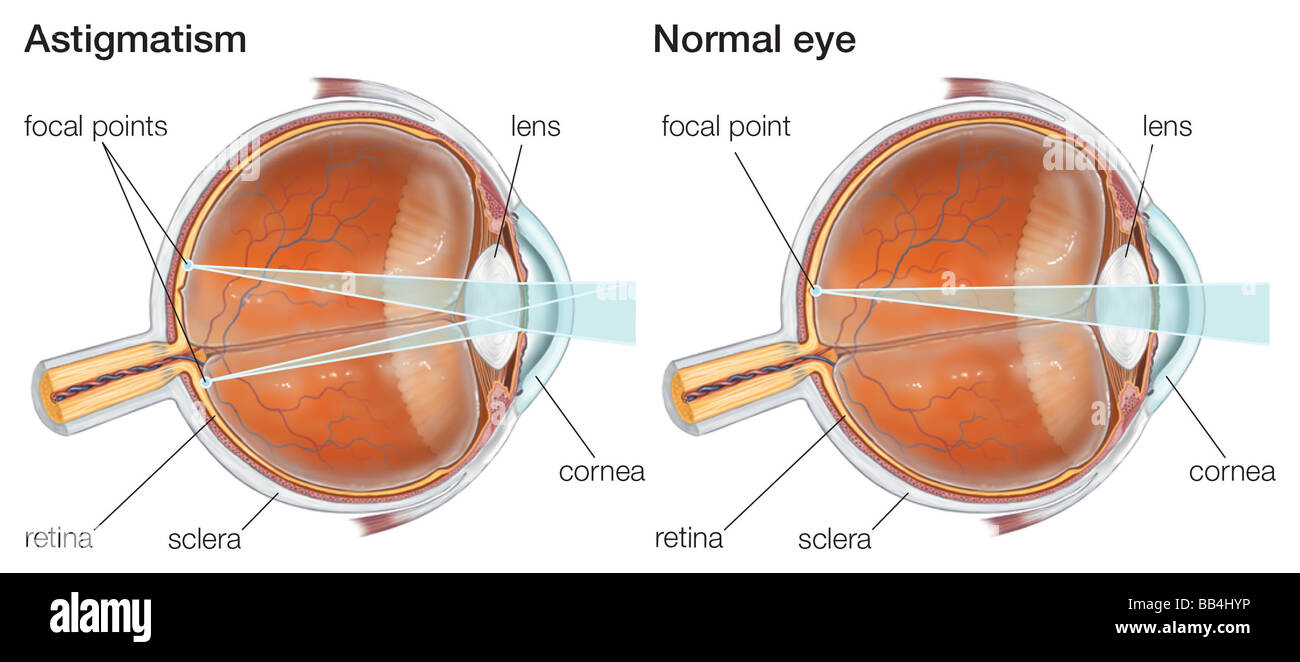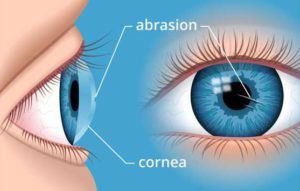

Later, hydrogel inlays were found to be permeable to water and solutes, due to the hydrophilic polymers and large pore size. Therefore, it was necessary to make inlays using a permeable material in order to maintain normal corneal physiology. In 1961, Knowles found that water impermeable implants prevent flow of water and nutrients through the cornea, resulting in stromal thinning, and epithelial and stromal breakdown. However, these materials were associated with stromal necrosis and extrusion of the implant. Various materials like PMMA, polysulfone, polypropylene and silicone oil were also tried in 1950s and 1960s. He later tried using synthetic implants like Plexiglas. He used corneal implants made of donor corneal tissue shaped by a cryolathe.

In 1949, Barraquer introduced the idea of corneal implants to change the corneal refraction. Corneal inlays have also been used for correction of hyperopia, myopia, and astigmatism.Ĭorneal inlays have been studied over the past 40 years. They work by increasing the depth of focus or the refractive power of the central or paracentral cornea. They do not restore the ability to accommodate, as they have no effect on the ciliary muscle or the lens. Wearing reading glasses is the common solution to presbyopia.Ĭorneal inlays are one of the options for correction of decreased near vision in presbyopic people who desire spectacle-independence at all distances. Accommodation starts decreasing after the age of 40, making it difficult to see intermediate and near objects.

Near objects can be seen clearly due to contraction of the ciliary muscle and the resulting increase in the curvature of the anterior surface of the lens, a process called accommodation. Generally, people under the age of 40 can focus easily both at distance and near. This will permanently correct your astigmatism.Corneal inlays, also called keratophakia, are implants placed in the corneal stroma for correction of presbyopia, a condition in which the ability to accommodate or focus at near objects is decreased. This type of surgery involves using lasers or small knives to reshape your cornea. Your doctor may recommend refractive surgery if you have a severe case. Your vision will return to its previous state after stopping Ortho-K. The benefits of Ortho-K are only present when using it. Some people have clear vision during the day without corrective lenses when undergoing Ortho-K. You may wear them during sleep and then remove them during the day. You’ll wear rigid contact lenses for limited periods of time. Orthokeratology (Ortho-K) is a treatment that uses rigid contact lenses to temporarily correct the irregular curvature of your cornea. Corrective lensesĬorrective eyeglasses and contact lenses prescribed by a doctor are the most common and least invasive treatments for astigmatism. Your doctor may treat astigmatism that causes vision problems by using one of the following methods. Mild cases of astigmatism may not require treatment. They will do this by looking at your eye through a keratometer. Keratometry is a way for your doctor to measure the curvature of your cornea. They’ll eventually find a lens that appropriately corrects your vision. Your doctor will ask you to read a chart while looking through lenses that are different strengths on the optical refractor. The machine has multiple corrective glass lenses of different strengths. Refraction testĪ refraction test uses a machine called an optical refractor. Visual acuity assessment testĭuring a visual acuity assessment test, your doctor will ask you to read letters from a chart at a specific distance to determine how well you can see the letters. There are several tests optometrists and ophthalmologists may use during your eye examination to diagnose astigmatism.


 0 kommentar(er)
0 kommentar(er)
